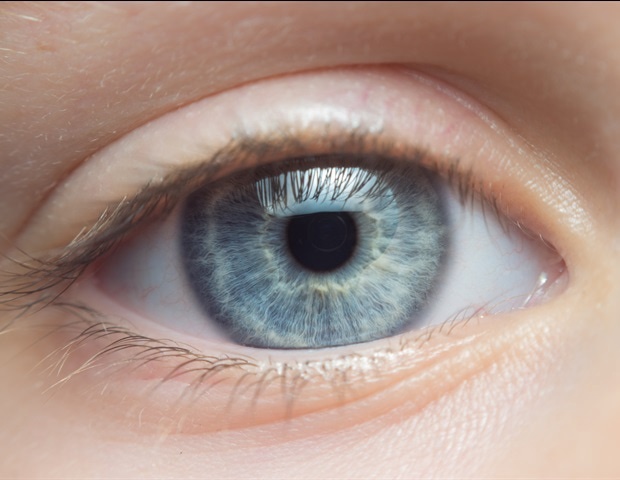Overview
- The telehealth platform uses smartphone-recorded videos and AI-driven facial landmark tracking to assess nystagmus intensity, duration and direction in real time.
- A pilot study of 20 participants, published in Cureus, found that AI-generated assessments closely matched results from videonystagmography and electronystagmography.
- The deep learning model was trained on more than 15,000 video frames and employs artifact filtering to ensure consistent performance across diverse patient scenarios.
- FAU teams are developing a wearable headset prototype for on-the-spot nystagmus detection and integrating AI reports into telehealth workflows to streamline remote diagnostics.
- Collaborators from FAU and partner institutions are working to boost accuracy and move the system toward FDA approval for broader clinical use, especially in underserved communities.

